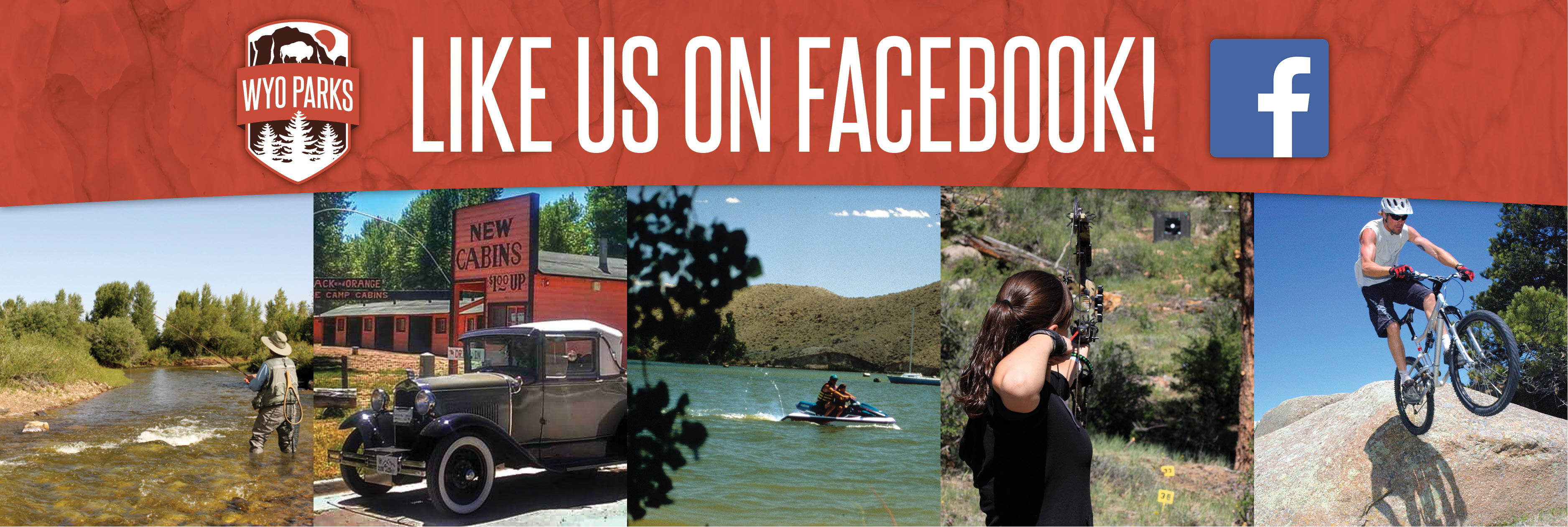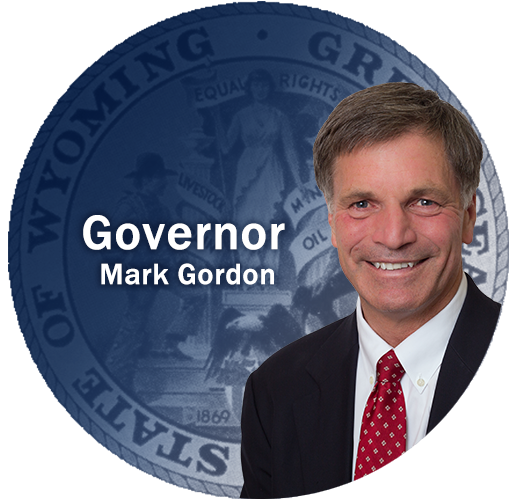General Rules For All Users
- Stay on existing trails.
- Don't short-cut switchbacks.
- Avoid very wet and muddy conditions.
- Do not spook horses.
- Move to lower side of trail if possible.
- Know the local trail rules, regulations and special concerns of the area.
- Obey gate closures and signs.
- Pass others with care.
- Let others know you are about to pass.
- Respect the rights of others, regardless of their mode, speed or skill level.
- Do not block the trail.
- Keep the trail clean.
- Slower traffic has right-of-way.
- Keep right, except when passing.
- Get owners' permission on private land.
- Do not disturb the wildlife.
Rules for Multi-use Trails
- Ride, skate, walk on the right Ride, skate or walk with the flow of traffic, as far to the right side of the trail as practical.
- Ride, skate or walk single file Don't block the trail.
- Groups should be in single file when other trail users are present and should never use more than one-half of the trail to allow for the flow of traffic.
- Control your speed! Obey speed regulations.
- Slow approaching or overtaking other trail users.
Who yields the trail?
- Before passing another trail user, be courteous and make your approach known well in advance. A friendly greeting, "Hello, passing on your left," or ringing a bell is considerate and works well.
- All trail users (bicyclists, skaters, walkers or others) yield to equestrians.
- Bicyclists and skaters yield to walkers.
- Bicyclists yield to skaters.
- Downhill users yield to uphill users.
- Faster users yield to slower users.
- Never spook animals.
- Leave no trace; plan ahead.
- Stay on existing trails and don't create any new ones.
- Be sure to pack out at least as much as you can pack in.
- Always wear a helmet, drink plenty of water, and carry gear for changing weather conditions.
Equestrians
- Let other users know when it's safe to pass your horse.
- Leave gates as you find them.
- Do not ride on muddy trail.
- Slow to a walk when approaching others.
Motorized Vehicles
- Travel and recreate with minimum impact.
- Travel only where motorized vehicles are permitted.
- Stay out of wilderness areas.
- Respect the environment and the rights of others.
- Educate yourself, plan and prepare before you go.
- Allow for future use of the outdoors, leave it better than you found it.
- Carry out our trash.
- Always properly maintain your muffler to keep noise at a minimum.
- Trails can be wet and muddy both early and late in the season. Save wet trails for dryer times.
Bicyclists
- Ride slowly single file when passing or when being passed.
- Yield right-of-way to all other users.
- Maintain traction; skidding causes damage to the trail.
- Do not ride in the mud or on trails where ruts are created by your tires.
- Stay out of designated wilderness.
- Control your bike.
- Be ready to stop.
- Do not ride around waterbars.
- Downhill riders yield to uphill riders.
Rules of the Road for Bicyclists
- Bicyclists have all the rights and duties applicable to the driver of any other vehicle and can be penalized for violating traffic laws.
- Ride on the right.
- Never ride against traffic.
- Ride in the right lane, except when passing another vehicle, preparing for a left turn or avoiding hazards.
- Always ride with the flow of traffic.
- Ride on the paved shoulder whenever a paved shoulder suitable for bicycle riding is present.
- Ride single file.
- You may ride two abreast only when no motor vehicle traffic is approaching within 300 feet (front or rear) or when all cyclists are on the shoulder.
- On curving canyon roads, play it safe and ride single file.
- Obey traffic laws, signs and signals.
- Use hand signals to indicate left or right turns, slowing or stopping.
- Use a headlight, tail light and reflectors at night.
- Make eye contact with drivers.Never assume motorists see you or that you have the right-of-way.
- Expect the unexpected; your first responsibility is to avoid a crash
Rules of the Road for Motor Vehicles
Scanning for pedestrians and bicyclists should be a normal part of your driving routine as is scanning for cars and trucks.
- Always yield to pedestrians.
- When passing a bicyclist:
- Allow at least three feet between your vehicle and the bicycle.
- Be patient and wait until it is safe to pass, as you would any other slow moving vehicle. If you must toot your horn in advance of passing, please do it from a friendly distance (several hundred feet), not from directly behind the cyclist.
- When you are turning right and a bicyclist is proceeding straight through an intersection, do NOT speed ahead of the cyclist and cut them off as you are turning. The cyclist may not be able to avoid crashing into the passenger side of your vehicle.
For More Information
Tread Lightly! Inc.
289 24th St., Ste. 325
Ogden UT 84001
(800) 966-9900
Leave No Trace
(800) 332-4100
Bicycle Colorado
(719) 530-0051
Trails and roads are for everyone, and sharing is more than good manners!
































































